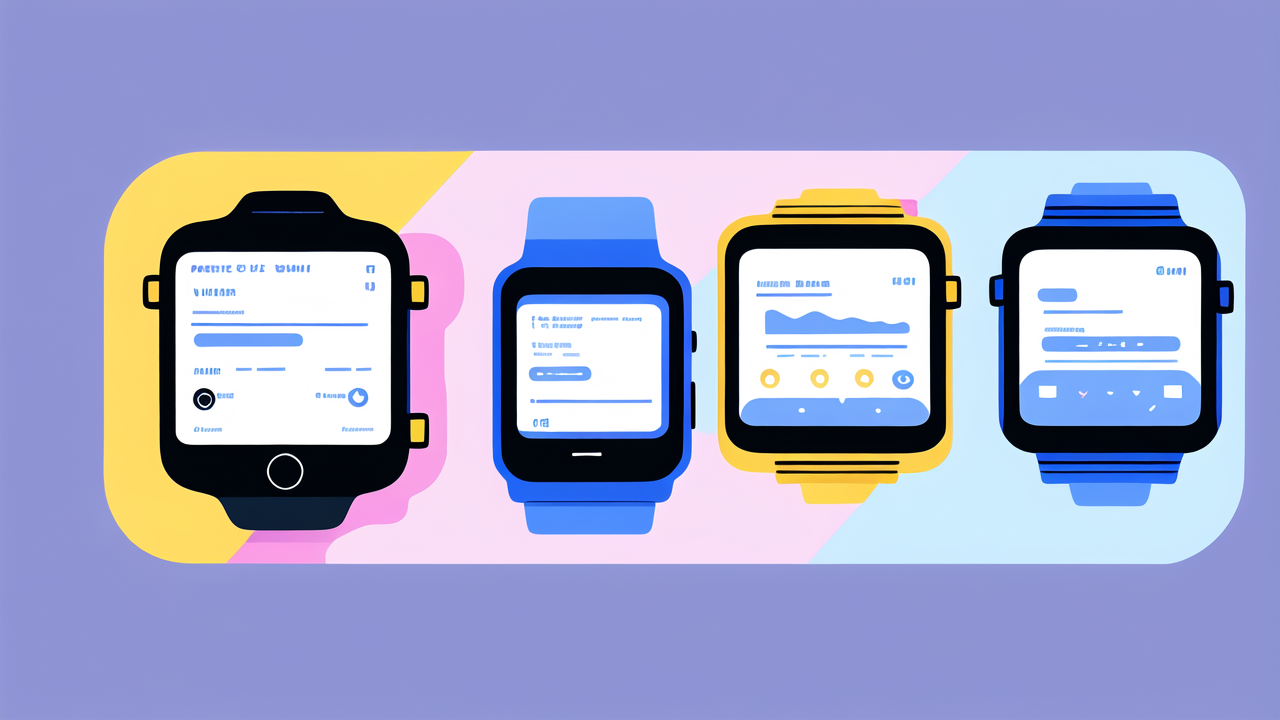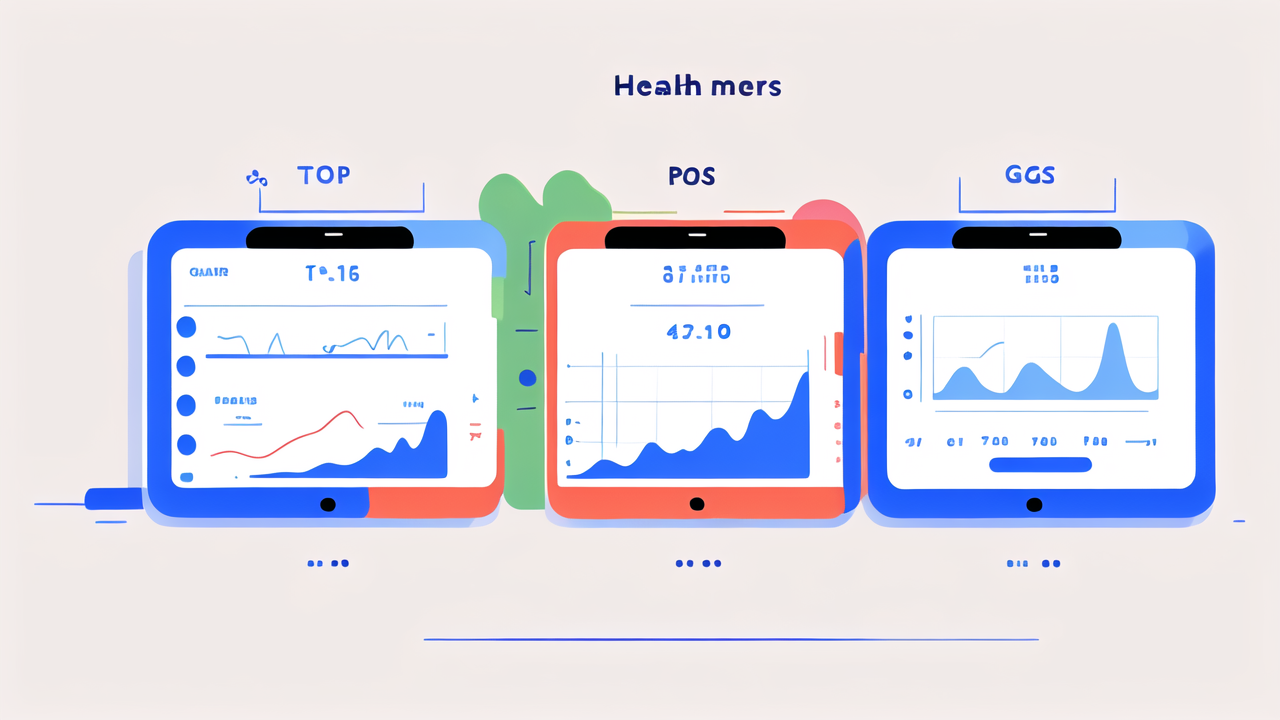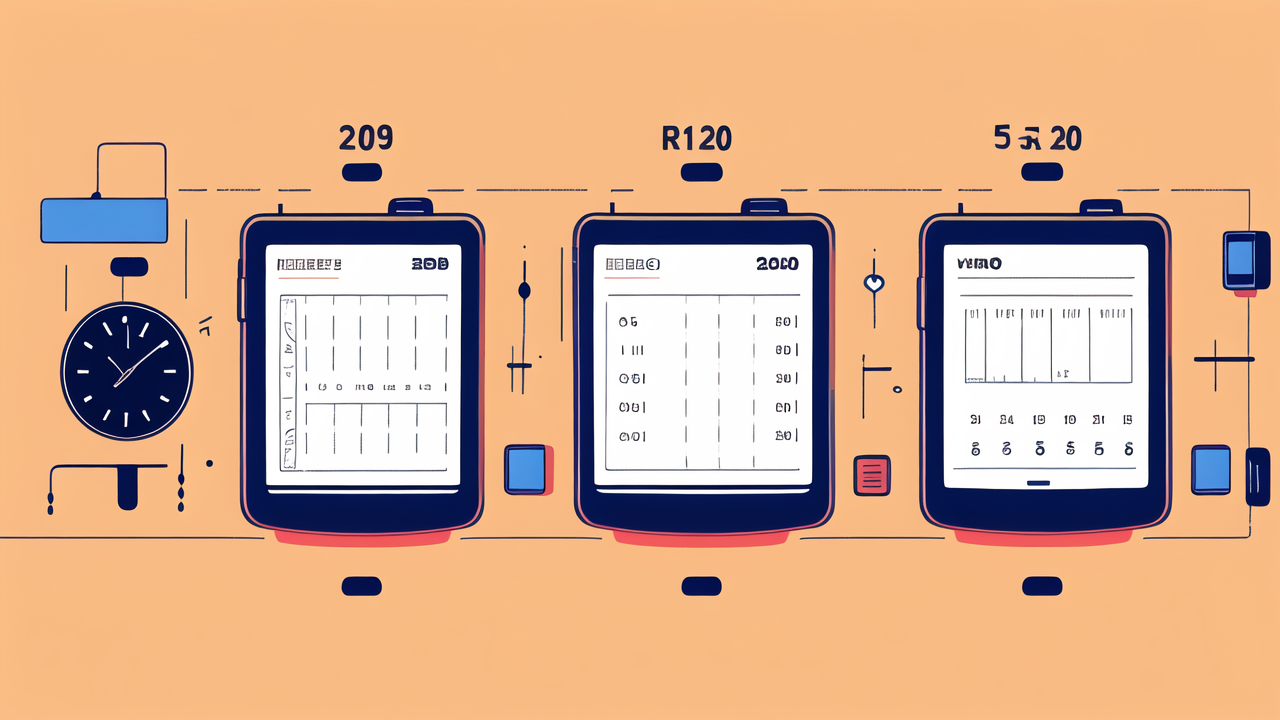Understanding Smart Watches: An Overview of Features and Capabilities
The Evolution of Smart Watches and Their Functionality
Smart watches have come a long way since their inception. They started as simple digital watches with extra features. Now, they're mini-computers on your wrist. Early models could only tell time and do basic calculations. Today's smart watches can track fitness, monitor health, and even make calls.

The first smart watches appeared in the 1980s. They could store small amounts of data. In the 2000s, they gained more features like GPS. The real boom came in the 2010s with the rise of smartphones. This led to smart watches that could connect to phones and run apps.
Modern smart watches can do amazing things. They can measure heart rate, track sleep, and count steps. Many can play music, show notifications, and even pay for purchases. Some models can work independently of a smartphone. They're not just gadgets anymore, but essential tools for many people.
Key Differences Between Smart Watches and Traditional Timepieces
Smart watches and traditional watches serve different purposes. Traditional watches focus on telling time and style. Smart watches offer a range of features beyond timekeeping. Here are some key differences:
- Functionality: Smart watches do much more than tell time. They track fitness, show notifications, and run apps.
- Battery life: Traditional watches can last years on one battery. Smart watches need charging every few days.
- Display: Smart watches have digital screens. Traditional watches have analog or simple digital displays.
- Customization: Smart watches let you change watch faces and add apps. Traditional watches have fixed designs.
- Durability: Traditional watches often last decades. Smart watches may become outdated in a few years.
- Price: Smart watches can be more expensive, especially high-end models. Traditional watches vary widely in price.
- Style: Traditional watches are often seen as fashion accessories. Smart watches are more functional in appearance.
Analyzing the Top Smart Watches in the Market
Features That Matter: What to Look for in a Smart Watch
When choosing a smart watch, consider these key features:

- Battery life: Look for watches that last at least a day on a single charge.
- Fitness tracking: Ensure it can track steps, heart rate, and various exercises.
- Water resistance: A good smart watch should be at least splash-proof.
- Compatibility: Make sure it works with your smartphone's operating system.
- Display: Consider screen size, resolution, and whether it's always-on.
- GPS: Built-in GPS is crucial for accurate fitness tracking outdoors.
- Health monitoring: Look for features like sleep tracking and stress measurement.
- Customization: Check if you can change watch faces and add apps.
- Connectivity: NFC for payments and cellular options can be useful.
- Price: Determine your budget and find the best features within it.
Remember, the best smart watch for you depends on your specific needs and lifestyle.
Comparing Market Leaders: Apple Watch Series 6 vs. Samsung Galaxy Watch 3
Apple Watch Series 6 and Samsung Galaxy Watch 3 are top contenders in the smart watch market. Here's how they compare:
- Operating System: Apple Watch uses watchOS, Galaxy Watch uses Tizen OS.
- Compatibility: Apple Watch works only with iPhones. Galaxy Watch works with Android and iOS.
- Design: Both offer round and square designs with various finishes.
- Display: Both have high-resolution, always-on displays.
- Health features: Both offer heart rate monitoring, ECG, and blood oxygen measurement.
- Fitness tracking: Both track various workouts and offer GPS.
- Battery life: Galaxy Watch 3 lasts longer, up to 2-3 days. Apple Watch needs daily charging.
- App ecosystem: Apple Watch has a larger app selection.
- Price: Both are premium-priced, with Apple Watch slightly more expensive.
Choose based on your phone type and preferred features. Apple Watch is best for iPhone users. Galaxy Watch 3 is great for Android users or those wanting longer battery life.
Honorable Mentions: Pricing and Specifications
While Apple and Samsung lead the market, other brands offer great options:
- Fitbit Sense: Priced around $300, it excels in health tracking. It offers stress management tools and skin temperature sensing.
- Garmin Fenix 6 Pro: At about $600, it's for serious athletes. It has excellent GPS, long battery life, and advanced fitness metrics.
- Fossil Gen 5: Priced around $300, it runs on Wear OS. It offers a classic watch design with smart features.
- TicWatch Pro 3: At about $300, it's one of the best Wear OS watches. It has long battery life and a dual-layer display.
- Amazfit Bip U Pro: Priced under $100, it's a budget-friendly option. It offers basic smart features and good battery life.
These watches cater to different needs and budgets. Consider your priorities when choosing.
Making Your Choice: A Buyer's Guide to Smart Watches
Assessing Your Lifestyle and Fitness Goals
Your lifestyle and fitness goals should guide your smart watch choice. Ask yourself these questions:

- How active are you? If you're very active, prioritize fitness tracking features.
- What sports do you do? Look for watches that track your specific activities.
- Do you need health monitoring? Some watches offer advanced health features.
- How often can you charge your watch? If you're always on the go, prioritize battery life.
- Do you want to use your watch for payments? Look for NFC capabilities.
- How important is style to you? Some watches offer more customization options.
- Do you need to stay connected all the time? Consider watches with cellular options.
- What's your budget? Determine how much you're willing to spend.
Remember, the best smart watch is one that fits seamlessly into your daily life.
The Role of Smart Watches in Work and Life Management
Smart watches can be powerful tools for managing work and life:
- Notifications: Get alerts for calls, messages, and emails without checking your phone.
- Calendar: View your schedule at a glance and get reminders for appointments.
- To-do lists: Manage tasks right from your wrist.
- Voice assistant: Use voice commands to set reminders or send quick messages.
- Time management: Use timers and alarms to boost productivity.
- Health reminders: Get prompts to stand up, drink water, or take deep breaths.
- Navigation: Get directions without pulling out your phone.
- Contactless payments: Pay for purchases with a tap of your wrist.
- Music control: Manage your tunes during workouts or commutes.
- Quick responses: Reply to messages with pre-set responses or voice-to-text.
A smart watch can help streamline your daily routine and boost efficiency.
Legal Considerations and Compatibility in the United States
When buying a smart watch in the US, keep these legal and compatibility issues in mind:
- Cellular connectivity: Check if the watch's cellular features work with your carrier.
- Health features: Some health features may require FDA approval. Check their status.
- Privacy laws: Understand how the watch collects and uses your data.
- Driving laws: Be aware of local laws about using smart watches while driving.
- Workplace policies: Check if your workplace has rules about wearing smart watches.
- Warranty and consumer protection: Understand your rights under US consumer laws.
- Software updates: Ensure the watch will receive updates to stay compliant with US regulations.
- Payment features: Check if the watch's payment system is supported by your bank.
- Language support: Verify that the watch supports English and any other languages you need.
- Customer support: Check if the manufacturer offers US-based customer support.
Always read the terms of service and privacy policy before using a smart watch.




Leave a comment
This site is protected by hCaptcha and the hCaptcha Privacy Policy and Terms of Service apply.